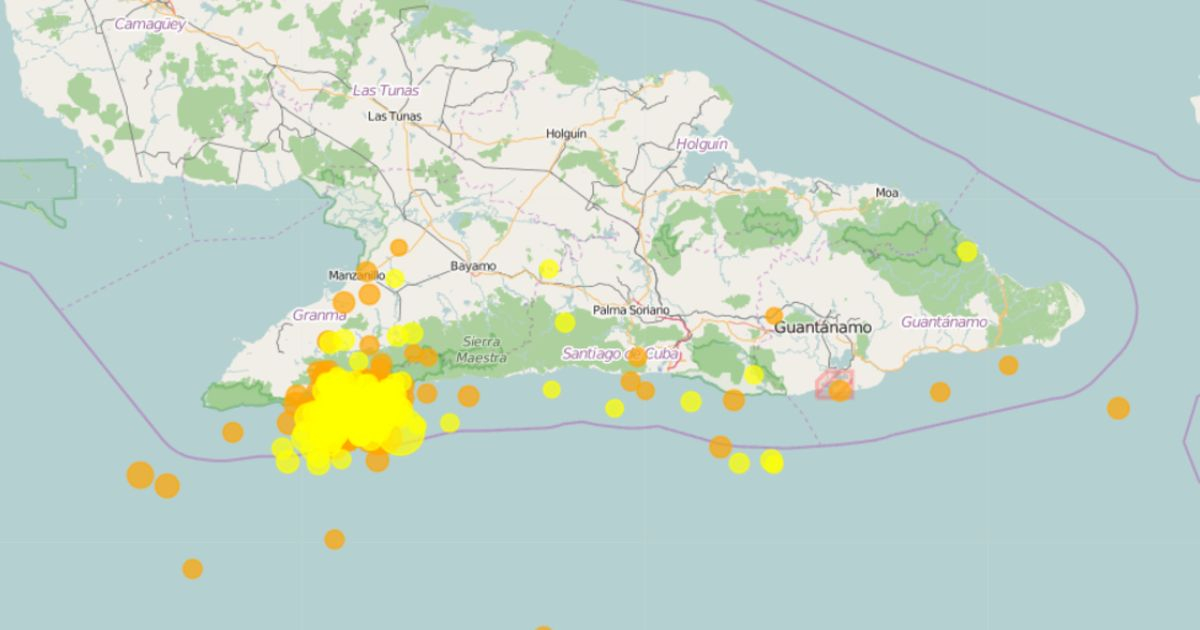In the aftermath of a 6.0 magnitude foreshock and a subsequent 6.7 magnitude earthquake that rocked eastern Cuba, particularly the province of Granma, experts have counted a staggering 5,792 aftershocks to date. The National Center for Seismological Research (CENAIS) reported in its daily bulletin on Sunday that at least 125 of these aftershocks have been felt by the population.
It has been exactly two weeks since these powerful quakes, centered 40 km southeast of Pilón, Granma, have kept the region's residents on edge. The seismic activity has inflicted significant damage on Pilón's educational infrastructure, forcing approximately 350 children to relocate to a makeshift school set up at a military base with assistance from the Revolutionary Armed Forces (FAR).
Journalist Jorge Luis Ríos Frías shared on Facebook that the new facility, named “Amiguitos de las FAR,” is accommodating students from the Augusto César Sandino semi-boarding school, one of the most affected institutions. Meanwhile, numerous Pilón residents are still living in tents, grappling with uncertainty, fear, and a lack of essential resources.
The government has provided tents to house displaced families, a measure that has sparked criticism due to its limited scope and the neglect of other equally affected communities. The United Nations (UN) announced on Friday that it has increased the funding requirement to $78.3 million to support its action plan addressing the severe damage caused in Cuba by two recent hurricanes, two significant earthquakes, and the ongoing collapse of the national electrical system.
Initially, the plan aimed to mobilize $33 million to respond to the damage caused by Hurricane Óscar, which struck the northeastern tip of the island on October 20th, as reported by the EFE agency. Official government figures indicate that the earthquakes have resulted in ten injuries and at least 3,752 damaged buildings.
